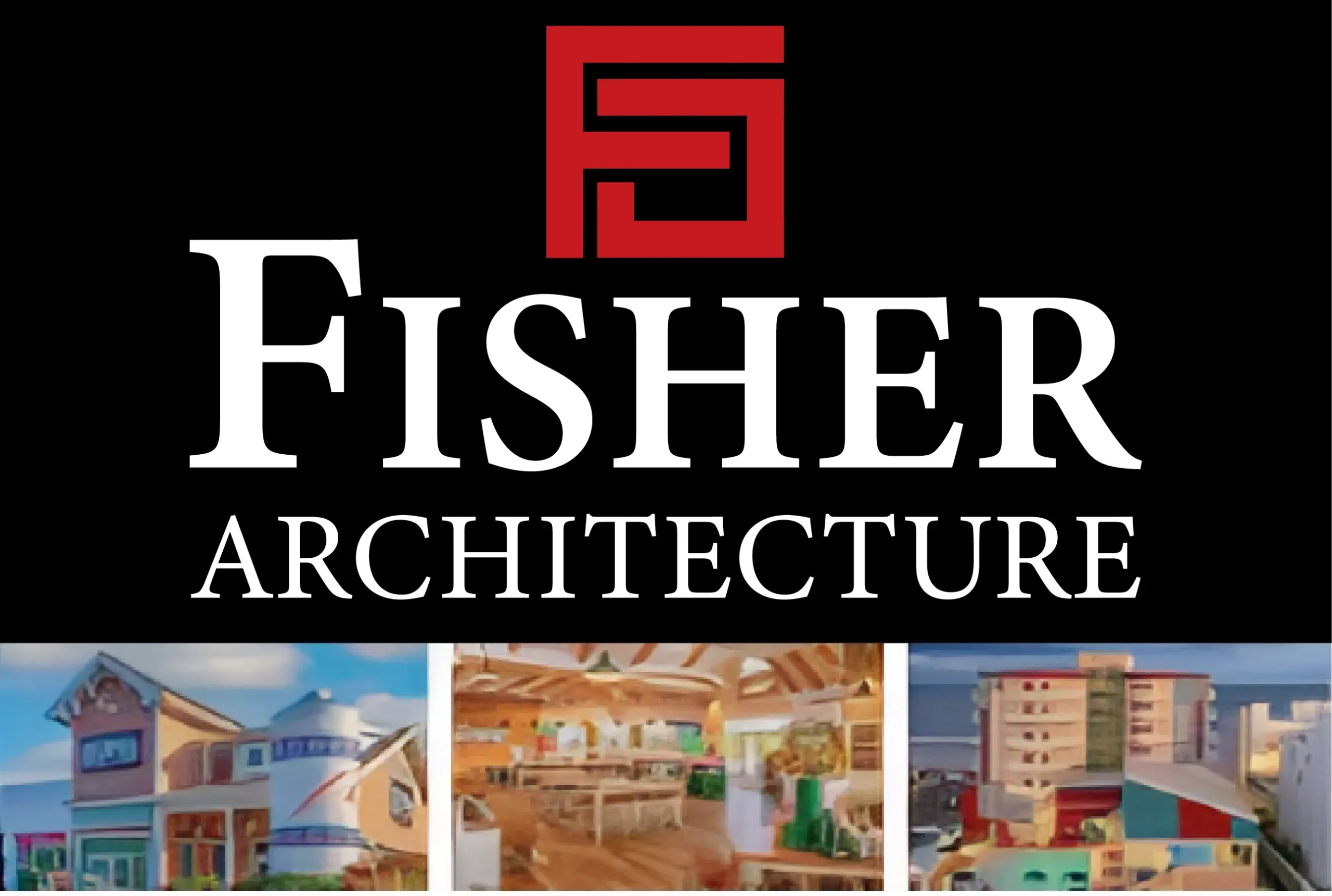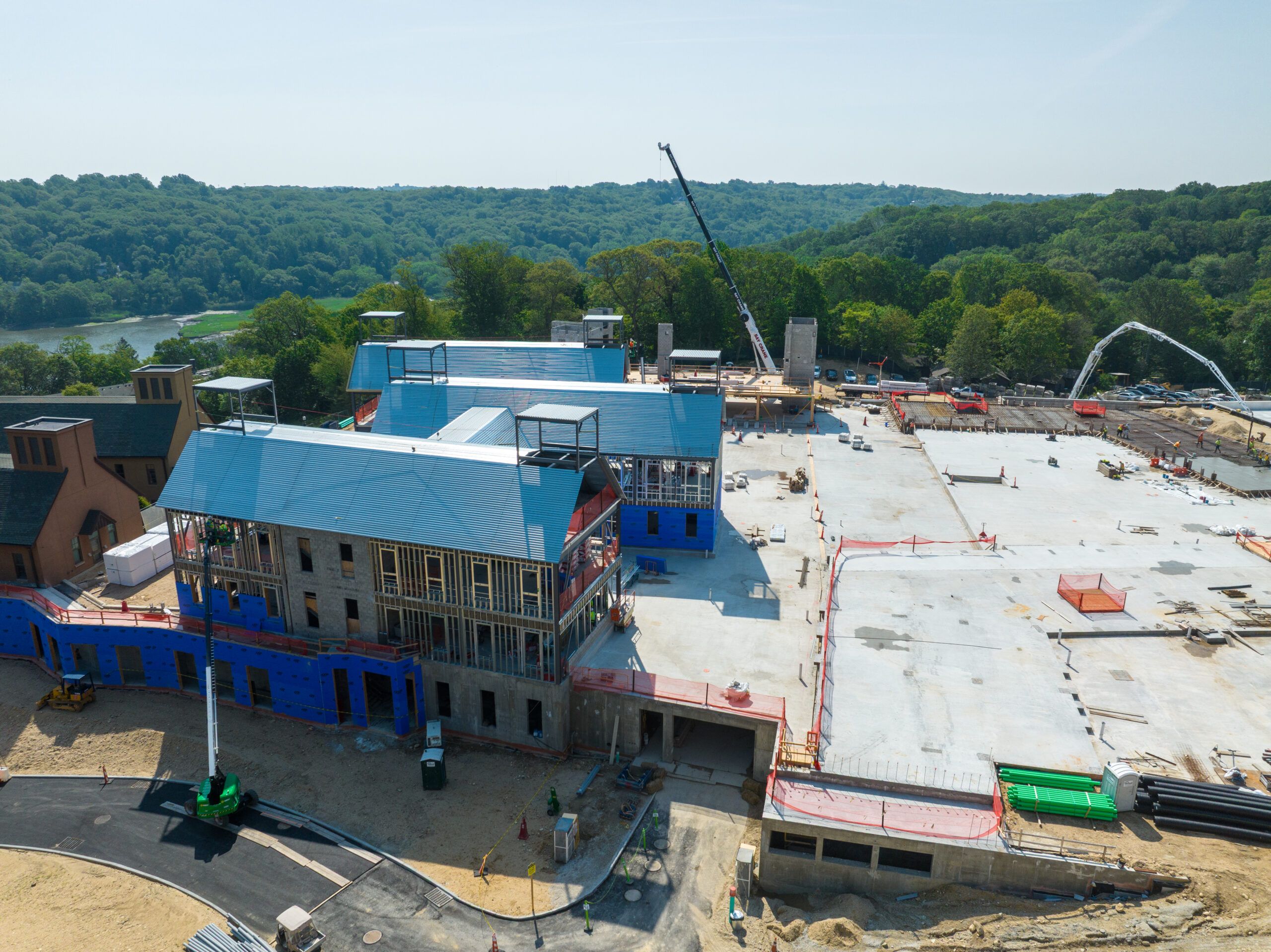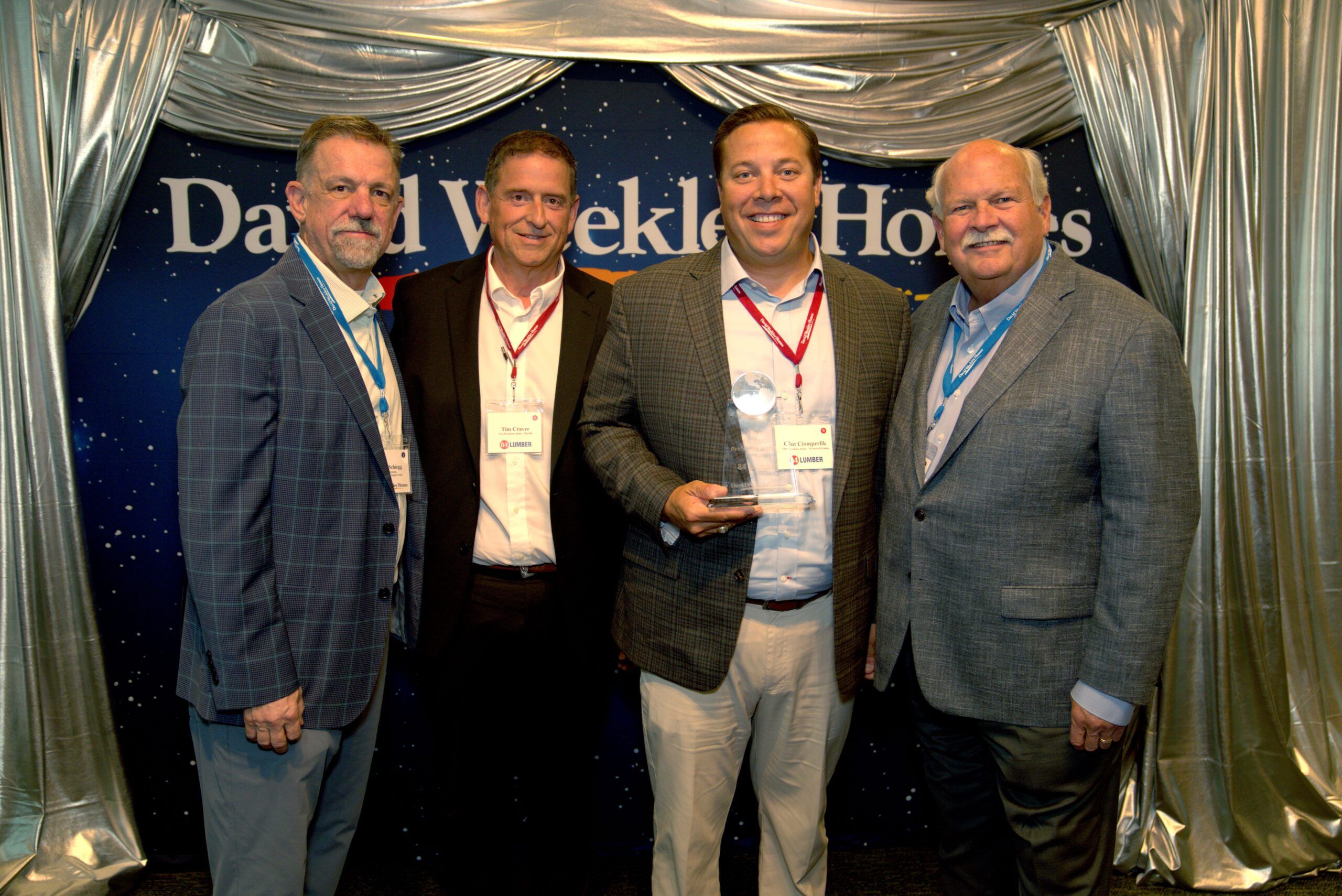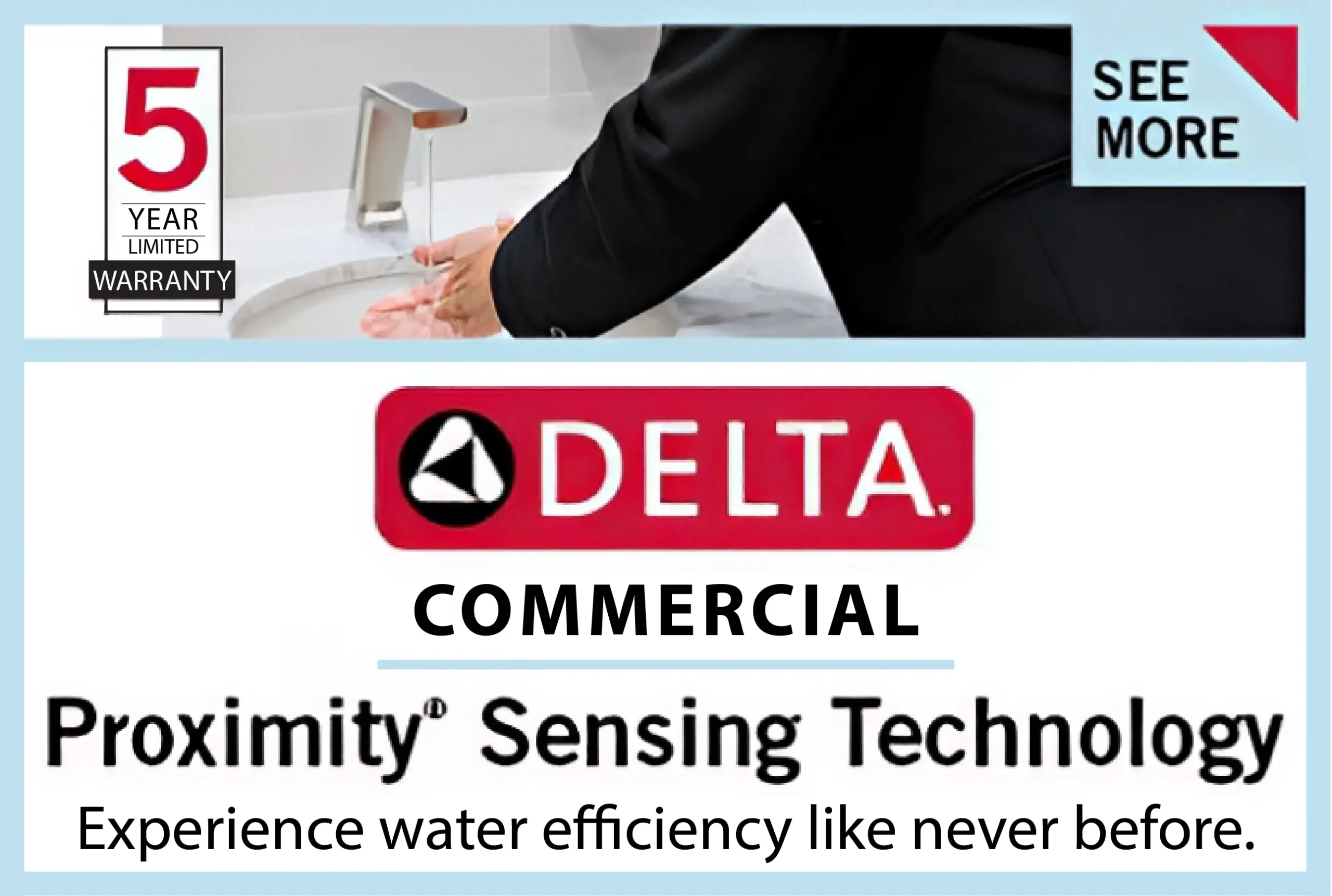Adaptive reuse is a growing trend in construction and urban planning, offering creative ways to breathe new life into underutilized or vacant spaces. As cities face challenges with limited land availability and increasing demand for recreational and entertainment facilities, adaptive reuse has emerged as a cost-effective, sustainable solution.
In the context of pickleball and padel courts, adaptive reuse enables developers and municipalities to transform unused properties into vibrant recreational hubs. Here is an example of the concept of adaptive reuse, the surge in pickleball’s popularity, notable examples of temporary installations, and the challenges of zoning, permitting and logistics in creating such facilities.
What is Adaptive Reuse?
Adaptive reuse refers to repurposing existing structures or land for a use different from its original intent. This approach not only conserves resources but also aligns with sustainable urban planning principles by reducing demolition waste and preserving architectural heritage. For land use and zoning, adaptive reuse often involves reimagining vacant lots, parking lots or industrial spaces to meet the evolving needs of a community.
Adaptive reuse projects can include temporary or “pop-up” dining, retail and entertainment projects. In the case of recreational uses like pickleball and padel courts, adaptive reuse is particularly advantageous. Many cities already struggle with limited green spaces and zoning restrictions for new recreational projects.
Repurposing vacant or underutilized areas mitigates these challenges, offering a way to create value without requiring significant new construction. But adaptive reuse in zoning can face hurdles, as existing ordinances may not accommodate the proposed changes, necessitating negotiations with local planning departments or variances to proceed.
 Pickleball’s Popularity in the U.S.
Pickleball’s Popularity in the U.S.
In recent years Pickleball, a hybrid of tennis, badminton, and ping-pong, has rapidly increased in popularity. With over 36.5 million players nationwide in 2022, according to the Sports and Fitness Industry Association, pickleball has evolved into a mainstream recreational activity. Its appeal lies in its accessibility—players of all ages and skill levels can enjoy the sport, and it requires minimal equipment and space compared to traditional tennis courts.
The rise of pickleball has fueled demand for courts, placing pressure on communities to accommodate the sport’s rapid growth. Cities across the U.S. are converting underutilized tennis courts, parking lots, and vacant spaces into pickleball courts to keep up with demand. Yet, this demand also brings challenges, particularly in urban areas where land scarcity and zoning regulations complicate the creation of dedicated facilities.
Temporary Pickleball Events
CityPickle, founded by Erica Desai and Mary Cannon, has emerged as a leader in bringing pickleball to urban areas through innovative temporary installations that makes the sport more accessible and demonstrates how adaptive reuse can address the need for recreational spaces in densely populated cities.
For example, in Brooklyn, New York, City Pickle adapted “Industry City,” a historic intermodal shipping, warehousing and manufacturing complex into temporary pickleball courts. CityPickle also has transformed areas within iconic locations like Central Park, Rockefeller Center, Hudson Yards.
In the City of West Palm Beach, CityPickle recently repurposed vacant lots in the middle of CityPlace that are slated for redevelopment into an office tower. These pop-up courts brought the sport to the heart of the City of West Palm Beach, allowing residents and tourists alike to participate without needing permanent facilities.
The project highlighted how flexible, adaptive reuse can quickly address recreational needs in urban environments. These events also underscore the potential of temporary adaptive reuse as a proof of concept for longer-term projects while fostering enthusiasm for the sport.
The Challenges of Permitting Adaptive Reuses and Local Zoning Regulations
While adaptive reuse presents numerous opportunities, it also involves navigating complex permitting processes, zoning regulations and political processes. Local ordinances often designate specific uses for properties, and changing these designations can be time-consuming and costly.
For example:
- Zoning Variances: Properties repurposed for pickleball courts may require variances if the land is zoned for industrial, residential, or other non-recreational uses. Obtaining a variance involves public hearings, environmental assessments and potential pushback from nearby residents concerned about noise or traffic.
- Permitting Delays: Even temporary installations like those by CityPickle may require special event permits, safety inspections, and adherence to accessibility standards. Delays in obtaining these permits can disrupt timelines and increase costs.
- Community Opposition: While many communities embrace the idea of pickleball courts, some residents may oppose the changes due to concerns about increased noise, reduced parking availability, or shifts in neighborhood character. Successfully addressing these concerns often requires proactive engagement and compromise.
The most successful results occur when local municipalities, like West Palm, have the foresight to adopt administrative review procedures, which allows for expedited review, inspections and approval for these types of temporary, adaptive reuse projects.
 The Logists of Installing Pickleball Courts on Vacant Land
The Logists of Installing Pickleball Courts on Vacant Land
Repurposing vacant land into functional pickleball courts does present some logistical challenges, even when zoning and permits are in place.
These include:
- Surface Preparation: Vacant lots often have uneven surfaces, overgrown vegetation, or old pavement that must be cleared and leveled before courts can be installed. This process can be labor-intensive and costly, particularly if the site requires significant remediation.
- Drainage and Weatherproofing: Outdoor courts must be designed to withstand weather conditions, which may require installing proper drainage systems and weather-resistant surfacing materials. Ensuring the courts are usable year-round can add to the complexity of the project.
- Lighting and Amenities: To maximize usability, courts often require adequate lighting for evening play, as well as amenities like fencing, seating, and restrooms. Installing these features on a vacant lot may involve additional utility connections and infrastructure work.
- Temporary vs. Permanent Features: For temporary installations, materials and designs must allow for quick assembly and disassembly without damaging the site. Modular court systems and portable fencing are common solutions, but also can be more expensive than traditional installations.
- Noise Mitigation: Pickleball is known for the distinctive “pop” sound made by the paddle striking the ball, which can be disruptive to nearby residents. Noise mitigation measures, such as sound barriers or court placement strategies, are essential to minimize complaints and ensure community acceptance.
In West Palm, CityPickle was able to overcome these challenges by partnering with local construction businesses, landlord Related Ross, and the City of West Palm Beach. By tapping into nearby existing parking and restroom facilities and using solar powered generators and lighting, CityPickle was able to quickly and successfully activate vacant land that provided economic and social benefits to the community.
The adaptive reuse of spaces for pickleball and padel courts represents a forward-thinking approach to urban development, addressing recreational needs while making efficient use of existing land. As the demand for these pop-up recreational opportunities and other adaptive reuse projects continue to grow, municipalities, developers and planners must work collaboratively to overcome zoning, permitting and logistical challenges.
By embracing adaptive reuse, cities can create vibrant recreational spaces that enhance community engagement, economic activity and overall quality of life. With thoughtful planning and execution, the transformation of underutilized spaces into pickleball and paddle courts offers a model for sustainable, inclusive urban development.
Ian DeMello, a Partner with The Shubin Law Group and The Euclid Group, focuses his practice on real estate and property rights with an emphasis on the use and development of real property. He represents developers, individual property owners, businesses and municipalities on issues related to developmental approvals, permitting and zoning for multi-family, commercial, and institutional buildings. He has extensive experience in dispute resolution between property owners and municipalities, including proceedings under the Florida Land Use Environmental Dispute Resolution Act and the Florida Governmental Conflict Resolution Act. His practice also extends to administrative appeals and appellate matters before the Eleventh Judicial Circuit’s Appellate Division and the Third District Court of Appeal.












